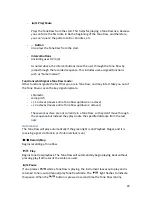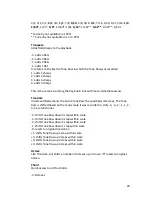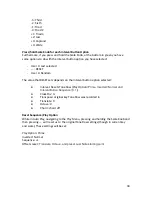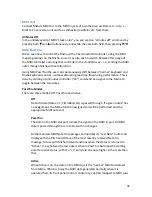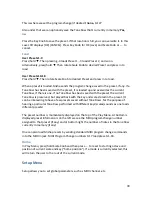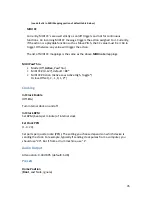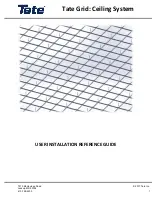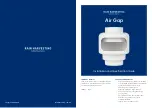
Any one of these nine chords can be selected on the fly in performance.
With a chord selected, the LCD now shows all the notes of the chord, with the “lead”
note in the center, a bit larger than the harmony notes.
When sending chords via MIDI, the velocity (volume) of the chord’s non-lead notes is
reduced 50% relative to the velocity of the lead note. This way the lead note is more
prominent. (For CV outs this is irrelevant, as there is no volume control.)
If any chord tone is below the minimum note of the note range, it will not sound, nor
will it appear in the display.
Note that if “chromatic” is assigned to user 3/4, then when user 3 or user 4 is played,
each note of the chord will be lowered or raised, respectively, by a chromatic step as
well.
Chord Menu
There are three ways to select a chord. In any menu, select Chord 1-9 by pressing and
holding the
▲
button,
then rotating the Scale Knob to browse among the chords, then
pressing it in to select. Alternatively, one can press/hold
▲
and then press user 3 to
decrement the chord, user 4 to increment. Finally, one can also press/hold
▲
and while
holding press one of the nine interval buttons to select a chord.
Press and hold
▲
and then press
⤺
to toggle between no chord and last chord selected.
Typically Misha will be used monophonically or to play fixed chords as we have been
discussing here, but there are a number of cases where it could be desirable to
play/hear more than one note at once that are chosen independently.
32






